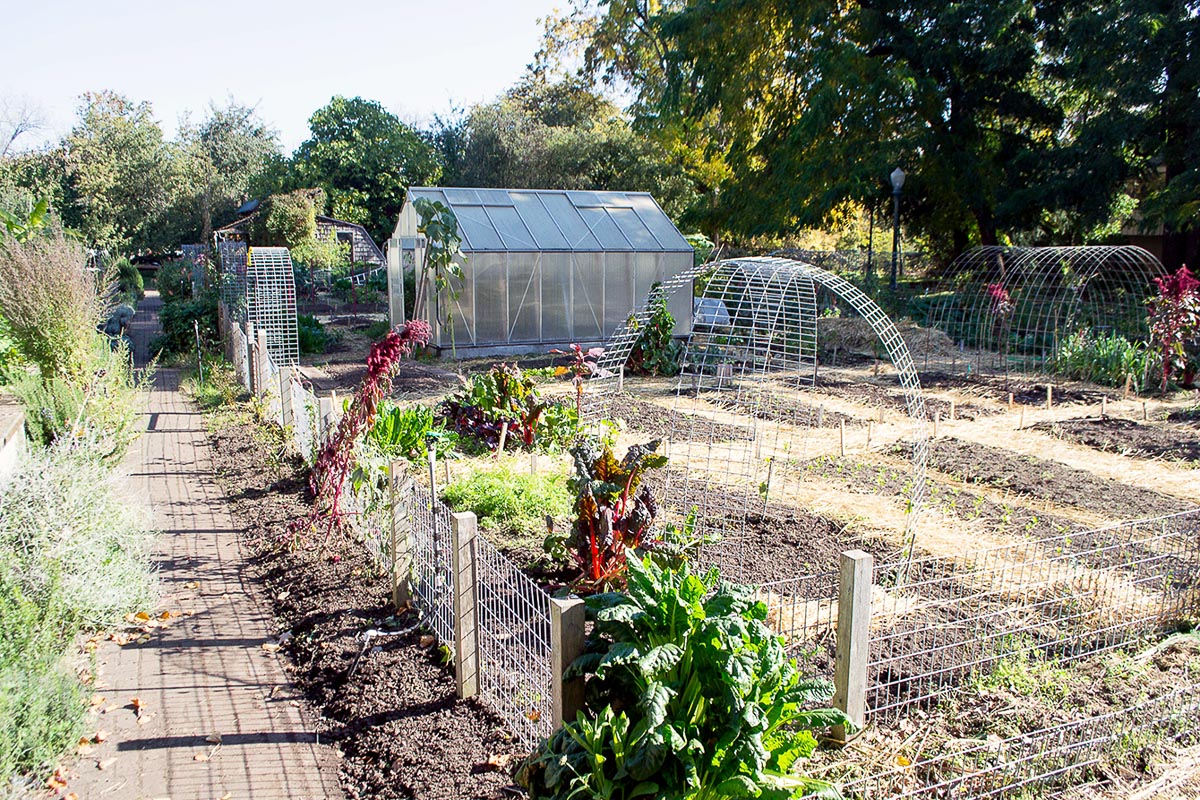A Biased View of City Blooming
A Biased View of City Blooming
Blog Article
The Buzz on City Blooming
Table of ContentsOur City Blooming StatementsThe Basic Principles Of City Blooming City Blooming for DummiesHow City Blooming can Save You Time, Stress, and Money.The Greatest Guide To City Blooming
Interested in expanding food available in the City of Chicago? Thinking of starting a neighborhood yard? Adjustments to the Chicago Zoning Statute allow agricultural uses like area yards and urban ranches in numerous parts of the city. Below is a listing of frequently asked inquiries relating to the guidelines and laws that farmers should consider when intending a metropolitan farming project.
The zoning modification does not change any other codes taking care of composting, structure permits, purchasing or renting City possessed property, business licenses or environmental contamination. There are existing codes that control these concerns and they continue to be completely result and might apply to your project. Community yards are typically owned or managed by public entities, public organizations or community-based organizations and kept by volunteers.
Urban ranches expand food that is planned to be marketed, either on a nonprofit or for-profit basis. Due to their industrial function, city ranches call for a service permit.
5 Easy Facts About City Blooming Shown
Composting is allowed but just for plant material that is produced and utilized on website. The quantity of garden compost material can not exceed 25 cubic backyards at any type of provided time according to the standards in 7-28-715 of the City's Municipal Code. Yes. Due to the fact that the soil at the majority of brand-new yard websites requires changing, garden compost, dirt, wood chips, or other materials can be gotten to create or improve the expanding space - balcony and patio garden design.

If a structure permit is needed after that the hoophouse will be considered an accessory structure. You can learn even more about the structure authorization requirements by contacting the Department of Buildings. The 25,000-square-foot dimension limit is intended to avoid a single community garden from dominating a provided block or interfering with the block's existing property or business character.
The limitation does not use to yards situated in Public Open Room (POS) districts. Can there be even more than one neighborhood yard that is 25,000 square feet on a solitary block? Secure fencing is not needed, however, gardens that have big car parking areas may be called for to mount fencing or various other landscaping attributes.
What Does City Blooming Do?
B1 & B2 districts require that all industrial use activities be carried out indoors. R areas limit commercial activity. The laws show the objective and intent of the Zoning Code. Is fence needed for metropolitan farms? Yes. Fencings may be required, together with landscape design and screening, for sure car park areas and outside work or storage areas depending on area and the certain activity occurring.
Yes. Urban farms need building authorizations and zoning authorizations before building. Other kinds of city review might be needed depending on specific structures, activities, dimension, landscape design, licensing, public heath and stormwater management concerns. Several of these needs are determined in the project style or allowing process, however, the candidate might be responsible to independently determine details licenses or allows that might be needed.
The Department of Business Matters and Customer Protection can help establish the specific type of service certificate that's required. Off street car park is required for a lot of industrial jobs in Chicago. The called for number of auto parking areas is based on the number of employees functioning on site and not the square video footage of the growing space.
City Blooming Things To Know Before You Get This

A city ranch can click for source market garden compost product generated on site, however, the procedure must abide with the guidelines in 7-28-715 of the Chicago Municipal Code. Aquaponic systems are enabled inside your home on metropolitan ranches in lots of zoning districts.
Approximately 5 hives or nests of honey might be kept as an accessory use. Nevertheless, beekeepers have to sign up with the Illinois Department of Farming. For more details regarding the recommended zoning amendment you might speak to the Division of Real Estate and Economic Growth, Bureau of Planning and Zoning at 312.744.8563.
Farming in cities and city locations A city ranch in Chicago. Urban agriculture describes numerous methods of cultivating. https://www.dreamstime.com/danielnold94107_info, handling, and distributing food in metropolitan locations. The term likewise puts on the area activities of pet husbandry, tank farming, beekeeping, and cultivation in an urban context. Urban farming is distinguished from peri-urban farming, which happens in backwoods at the side of residential areas.
The Only Guide to City Blooming
It can entail a motion of natural cultivators, "foodies" and "locavores", who look for to create social networks based on a shared values of nature and neighborhood holism. These networks can establish by method of official institutional support, ending up being integrated right into local town planning as a "shift town" movement for lasting urban advancement.
In either case, the much more direct access to fresh veggie, fruit, and meat products that might be become aware with urban farming can boost food protection and food security while reducing food miles, leading to lower greenhouse gas emissions, consequently adding to climate modification mitigation. Several of the very first proof of urban agriculture originates from Mesopotamia.
Report this page